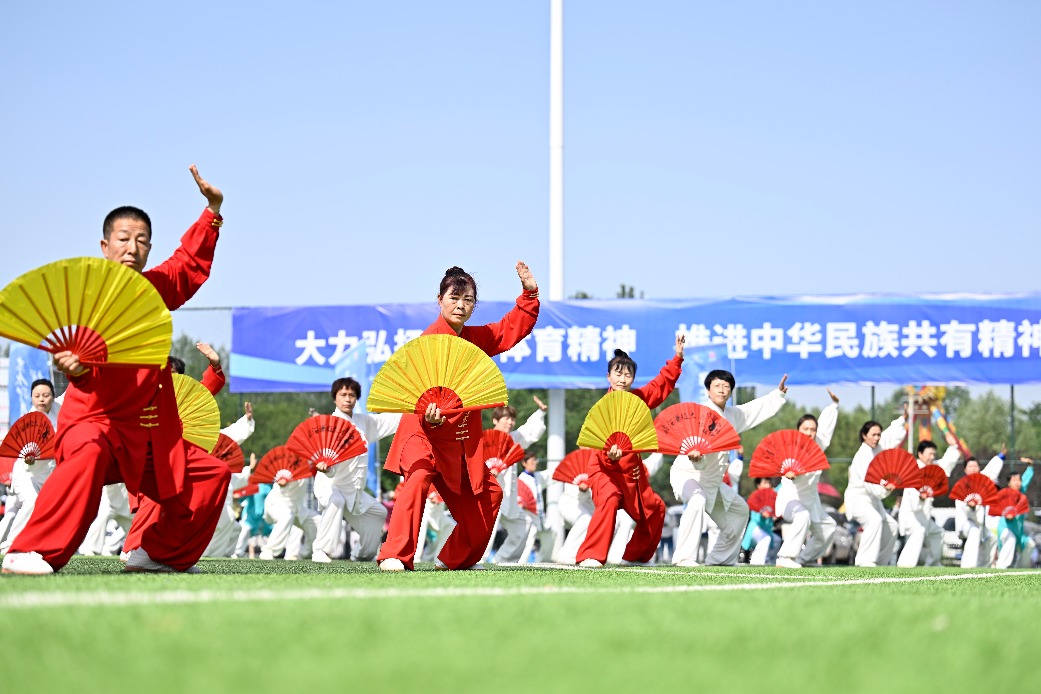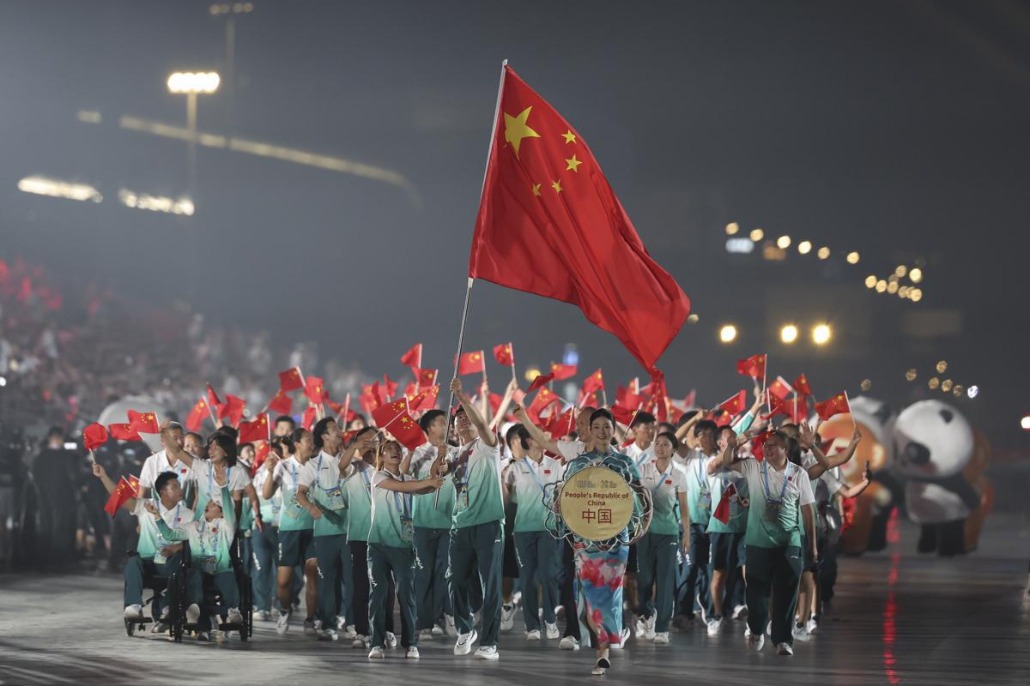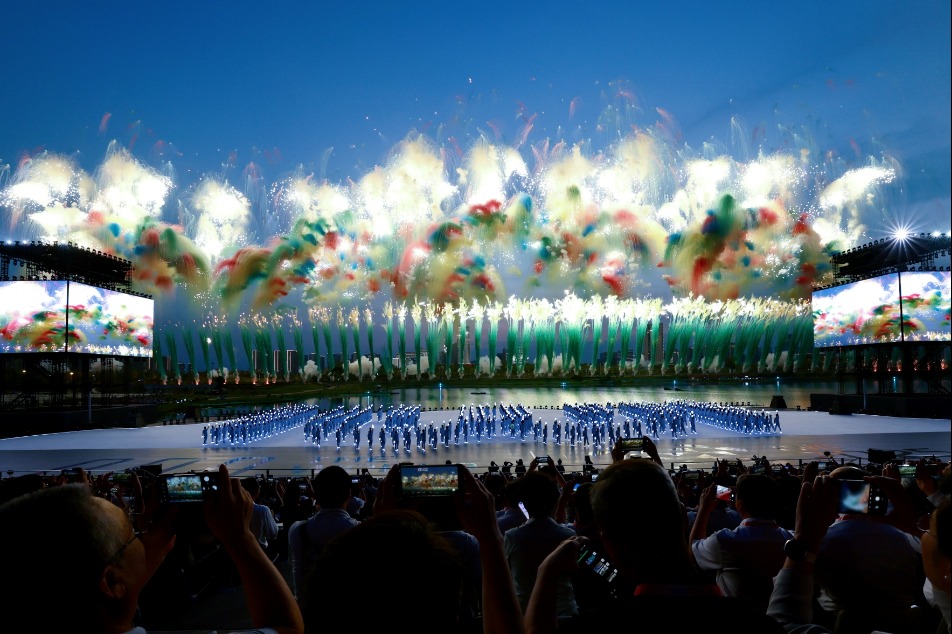Rural rattan crafts from Guangxi gain global attention


A set of cactus and succulent-shaped rattan sculptures at Dior's salon boutique in Shenzhen, Guangdong province, has become a hit with visitors for its blend of luxury fashion and traditional Chinese craftsmanship.
The works were made by Huang Lianjiang, an inheritor of Guangxi's intangible cultural heritage of rattan weaving from Bobai county of Yulin. Her company, Guangxi Bobai Huangtu Arts and Crafts, secured a 2 million yuan ($280,000) order from Dior and enlisted 100 skilled villagers from a pool of over 1,000 local artisans to complete it, according to Nanguo Morning News, a local news outlet.
Huang discovered rattan weaving 20 years ago when she moved to Bobai county, and has since turned it into a thriving business. She now exports baskets and bespoke designs to more than 60 countries.
"When I first started doing foreign trade in 2016, I couldn't speak English. I communicated with international clients using translation apps," Huang recalled. With support from Alibaba International Station, including training on business planning and team building, she learned trade skills and established a foothold in global markets. Today, her company's annual output is worth tens of millions of yuan, Nanguo Morning News reported.
Her business model revolves around employing villagers to weave between harvesting seasons.
"Take the Dior order for example, each woman can make over 200 yuan a day," Huang said proudly.
Bobai's rattan weaving industry has benefited from an increased global demand for personalized products. In 2024, the county's woven crafts industry surpassed 4 billion yuan in output for the first time, with products reaching over 60 countries and regions.
Local authorities are accelerating the construction of a woven crafts industrial park to become a national hub for production, supply, and sales, with the goal of building a 10 billion yuan industry cluster.























